One episode in Taiwan’s forgotten, even deliberately buried, past has been recovered in the documentary Wansei Back Home (灣生回家). It starts in Jian Township (吉安), Hualien County, where few can recall life during the Japanese colonial era, when the place was known as Yoshino Village. It was one of the first Japanese settlements in Taiwan, built to encourage Japanese families to emigrate to the new colony.
Japanese settlers came with everything they had and a one-way ticket. They farmed, went to school and gradually made Taiwan their home. Then in August 1945 Japan surrendered to the Allies, ending World War II. More than 470,000 Japanese were repatriated, with over half that number accounting for wansei, or Japanese citizens born in Taiwan during the colonial period from 1895 to 1945.
These wansei, many of whom considered Taiwan their home, were met with discrimination and hostility upon returning home to post-war Japan.
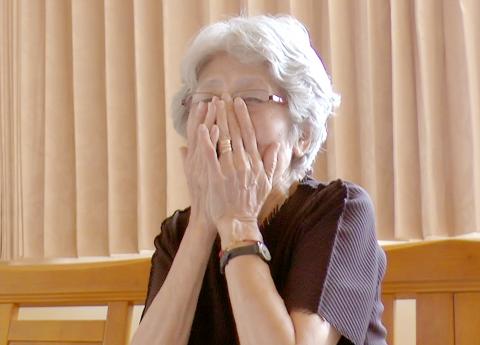
Photo courtesy of Activator Marketing Company
Wansei Back Home began as a personal project when Mika Tanaka first visited Jian in 2003, when she was determined to learn more about her late grandmother, who had kept her wansei identity secret.
Since then, Tanaka has found over 200 survivors, most in their 70s and 80s, across Japan and Taiwan. She teamed up with a Taiwanese film crew, including director Huang Ming-cheng (黃銘正) and composer Baby C (鍾興民), and produced an intimate, heartfelt portrait of the wansei through interviews, old photographs, archival footage and animated sequences.
As the wansei visit their childhood homes, it immediately becomes apparent that they’ve maintained a deep connection to Taiwan.
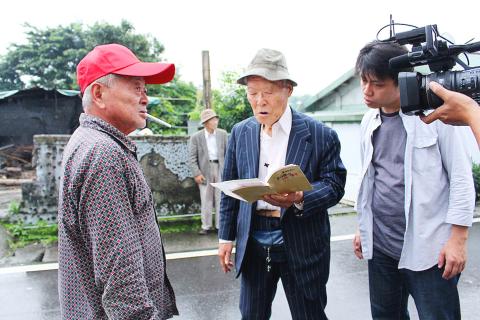
Photo courtesy of Activator Marketing Company
Eighty-eight year-old Masaru Tominaga, for example, can still speak Hoklo and sing old Taiwanese ballads such as Flowers in the Rainy Night (雨夜花). His home in Tokushima is crammed with books about Taiwan. During his trip to Hualien, the octogenarian bursts into tears when he learns that all his old friends have passed away.
Kosei Matsumoto, who also visited Hualien, says that growing up the child of farmers in Taiwan made it extremely difficult to assimilate into Japanese society. Nobuko Takenaka says repatriation was particularly daunting for her family, who had settled in Suao for three generations before the end of World War II.
Eighty-five year-old Taeko Iekura agrees. However, she adds that she has come to terms with the fact that her birth in Taiwan has forever branded her a foreigner in Japan.
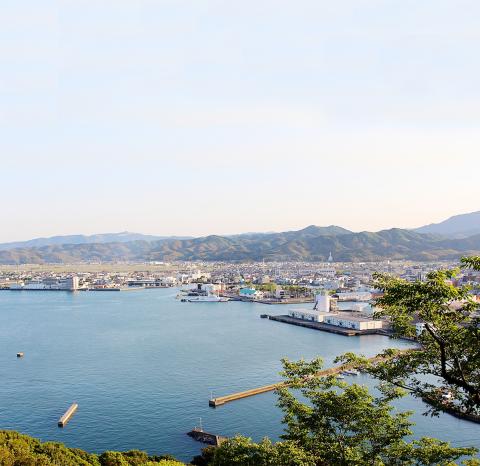
Photo courtesy of Activator Marketing Company
Although many wansei recall with nostalgia their life in Taiwan and the hardship and poverty they faced after they arrived in Japan, the documentary largely avoids direct criticism.
Iekura says that even though her father worked as a government official at the Office of the Governor-General of Taiwan, her family had no place to live after returning to Japan and were forced to seek shelter at different temples.
With its rarely discussed and obscure subject matter, Wansei Back Home calls out for deeper treatment than is offered here. Nevertheless, the film makes an adequate attempt at rediscovering personal histories and serves as a starting point for those interested in examining more about the past before those who can narrate it first hand disappear.
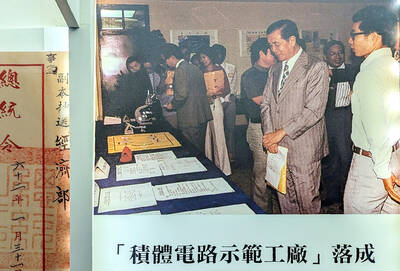
Oct. 27 to Nov. 2 Over a breakfast of soymilk and fried dough costing less than NT$400, seven officials and engineers agreed on a NT$400 million plan — unaware that it would mark the beginning of Taiwan’s semiconductor empire. It was a cold February morning in 1974. Gathered at the unassuming shop were Economics minister Sun Yun-hsuan (孫運璿), director-general of Transportation and Communications Kao Yu-shu (高玉樹), Industrial Technology Research Institute (ITRI) president Wang Chao-chen (王兆振), Telecommunications Laboratories director Kang Pao-huang (康寶煌), Executive Yuan secretary-general Fei Hua (費驊), director-general of Telecommunications Fang Hsien-chi (方賢齊) and Radio Corporation of America (RCA) Laboratories director Pan

President William Lai (賴清德) has championed Taiwan as an “AI Island” — an artificial intelligence (AI) hub powering the global tech economy. But without major shifts in talent, funding and strategic direction, this vision risks becoming a static fortress: indispensable, yet immobile and vulnerable. It’s time to reframe Taiwan’s ambition. Time to move from a resource-rich AI island to an AI Armada. Why change metaphors? Because choosing the right metaphor shapes both understanding and strategy. The “AI Island” frames our national ambition as a static fortress that, while valuable, is still vulnerable and reactive. Shifting our metaphor to an “AI Armada”
The consensus on the Chinese Nationalist Party (KMT) chair race is that Cheng Li-wun (鄭麗文) ran a populist, ideological back-to-basics campaign and soundly defeated former Taipei mayor Hau Lung-bin (郝龍斌), the candidate backed by the big institutional players. Cheng tapped into a wave of popular enthusiasm within the KMT, while the institutional players’ get-out-the-vote abilities fell flat, suggesting their power has weakened significantly. Yet, a closer look at the race paints a more complicated picture, raising questions about some analysts’ conclusions, including my own. TURNOUT Here is a surprising statistic: Turnout was 130,678, or 39.46 percent of the 331,145 eligible party
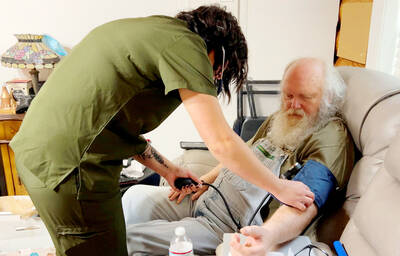
The older you get, and the more obsessed with your health, the more it feels as if life comes down to numbers: how many more years you can expect; your lean body mass; your percentage of visceral fat; how dense your bones are; how many kilos you can squat; how long you can deadhang; how often you still do it; your levels of LDL and HDL cholesterol; your resting heart rate; your overnight blood oxygen level; how quickly you can run; how many steps you do in a day; how many hours you sleep; how fast you are shrinking; how